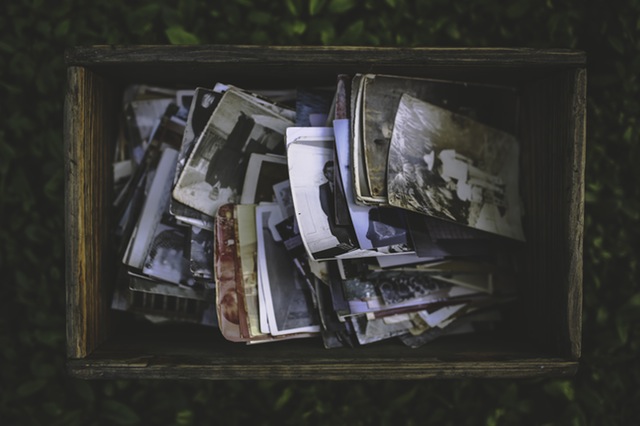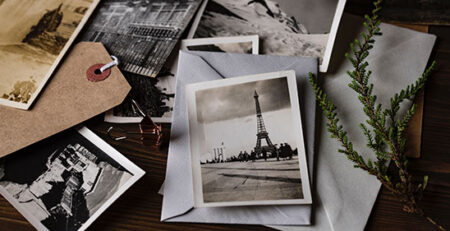Sharing photos from a few years ago is one thing, but sharing photos old enough to be shot with film takes #ThrowbackThursday to an entirely different level. Using a scanner to digitize images is a good way to create a backup of old memories. But, old photos are often marred with dust and scratches, and scanning them is no easy task. So what’s the best way to digitize images and get top quality from old photos? Here are five easy tips to help you get the most quality from a few old photos and a simple scanner.
Remove dust before scanning.
Dust can be removed in Photoshop — but the process is much simpler if you start with clean photos in the first place. Use a soft brush — like the ones that come in camera cleaning kits — or canned air to remove any debris from photos that have been sitting out for a long time before scanning.
Check your scanner resolution settings.
Make sure your scanner is set to scan images — some previous document settings may leave the quality low. For images, set the scanner between 200 and 300 dpi — anything more is to subtle a difference to notice. If you are looking to buy a scanner dedicated to the task, consider the resolution options — some also have batch mode for scanning several at once and some even have dust removal features.
Use the heal or clone tool to correct spots.
Follow the directions for your particular brand of scanner to scan each image. For damaged images, it’s best to open them inside a photo editor. Photoshop is a popular choice, but an expensive one and if you won’t be using it often, an option like the free GIMP might do the trick. Start by using the program’s spot healing tool — this samples the image and repairs spots (that you color over with your cursor) based on the surrounding areas. If the healing brush doesn’t work, use the clone brush which will exactly replicate another spot in the photo that you select by right clicking or holding down Control/Alt while clicking.
Easily fix scratches by stretching or overlapping the image.
Scratches can be fixed with the same cloning and healing tool, but it’s often easier to simply copy part of the image and lay it over the scratch. This method won’t work if the scratch is running down the middle of Great Grandma’s face, but works well for fixing background scratches. Use the rectangular selection tool to select all of the image on one side of the scratch. Copy that selection, then move it over to cover the scratch, cropping off the repeated area on the edge. This only works for some scenarios, but is simpler than the clone and healing brush, particularly for scratches over the background.
Tweak the colors and contrast.
Old photos are often faded, but image editors can often easily fix the issue. Auto tone works in many scenarios, but in others, you can open up the contrast, levels or saturation options and adjust them manually — most image editors have this option.
Scanning old photos is time consuming — but being able to easily share and backup your old images is a task that’s often worth the time.



